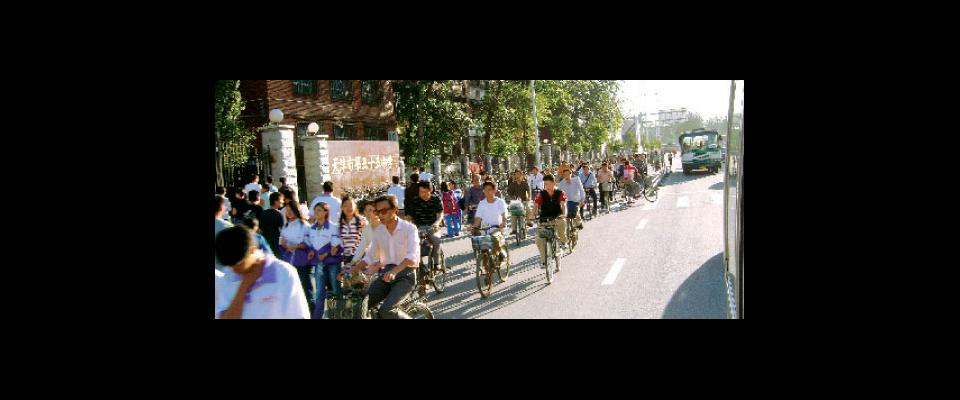How much is public transit worth?
The question at the center of Daniel Chatman’s latest paper seems like it already should have been answered: Just how much is public transportation worth to a city? Although city planning papers had examined public transit’s financial effects before, Chatman, an assistant professor of city and regional planning, found none researched the link between public transportation, worker productivity, and increased wages. That gap led Chatman to create a model that could accurately predict the financial benefits different public transit systems bring to the cities they serve.
“People hadn’t really thought about this before,” Chatman said. “There aren’t a lot of people in my field who do work that’s really highly quantitative and data oriented. It has some pretty significant implications for transit investments in large cities.”
Through their model, a complex set of equations that pulled data from more than 300 metropolitan areas around the United States, Chatman and his collaborator Robert Noland of Rutgers found that increasing transit services significantly improves the productivity of workers in metropolitan areas. Public transit allows more employees to aggregate in dense urban areas, explains Chatman, and the more they do, the more productive and innovative they are. Those benefits lead to an increase in both salaries and gross metropolitan product. In fact, increasing transportation seats or rail service miles into urban areas just ten percent can bring in as much as $1.5 million to $1.8 billion per metropolitan area. And if it’s a large city, or a city with an existing transit system, the economic benefits increase.
Chatman says he’s had inquiries from around the world about the paper, and cities are already considering this information in planning their transit systems. The researchers created an Excel-like spreadsheet where city planners can plug in their own information and get an estimate of how much financial gain a public transit system can bring to their city.
No one is more surprised by the results than Chatman: “I was really skeptical and kept beating this [model] to see if I could make it break,” he said, “and I really couldn’t.”




















